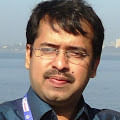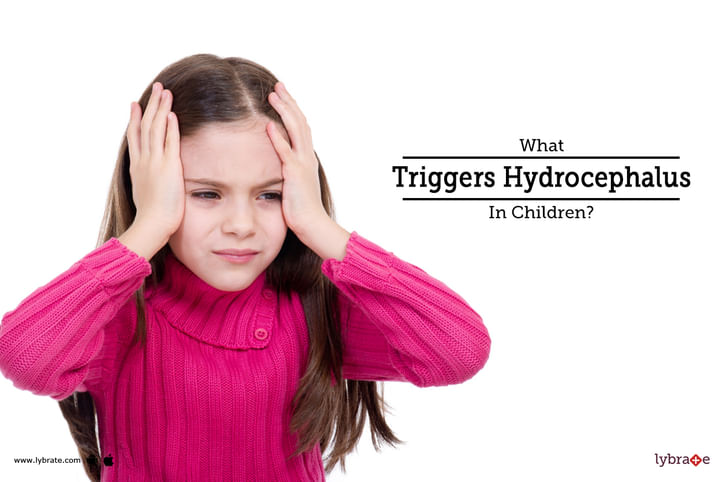What Triggers Hydrocephalus In Children?
Hydrocephalus is a condition that is also called ‘water on the brains’. This condition is triggered in children when the cerebrospinal fluid (CPF) isn’t drained completely from the brain. This fluid surrounds and protects the brain and the spinal cord and when it doesn’t find an outlet, it accumulates in the brain.
Very young children with hydrocephalus have enlarged heads to accommodate all the excess water. But older children whose skull bones have solidified and cannot expand suffer terrible headaches. This condition requires immediate treatment or it could lead to damage to the brain.
What triggers Hydrocephalus?
If there is an obstruction in the ventricles (the passages through which the CPF flows), the circulation of this fluid is affected. And this triggers hydrocephalus.
Hydrocephalus can be of two types-
-
Congenital Hydrocephalus:
This is a congenital condition, which means the baby is born with this ailment. It could be because there are abnormalities in the spine or it did not develop the way it should have or because the aqueduct that connects the ventricles of the brain is narrowed.
-
Acquired Hydrocephalus:
This condition can develop at any age. It is triggered by bleeding in the brain. It may happen if babies are born before the due date. Or a brain injury may prompt it. A tumour could also be behind hydrocephalus.
What are the Symptoms of Hydrocephalus?
Among babies, the biggest sign is the swollen head. Other symptoms may include-
-
Bulges along with the skull
-
The gap along with the bone plates of the skull
-
Swollen veins on the head
-
Eyes may bulge
-
Vomiting, nausea and loss of appetite.
-
squinting
Treatment of Hydrocephalus -
This condition requires immediate treatment or it might trigger problems of the nervous system. Here are some treatments that a child might have to undergo-
-
Shunt procedure -
A catheter is inserted into the brain to drain away the excess fluid. It is passed through the abdominal cavity and the bloodstream absorbs it.
-
Endoscopic surgery -
This surgery is performed on older children. A lighted stick with a camera is inserted by drilling a tiny hole into the third ventricle. This allows the accumulated fluids to flow out and past the blockages. This is a minimally invasive procedure.
The child is kept under meticulous observation after the surgery. Hydrocephalus is a dangerous ailment but with timely intervention, it can be cured completely.



+1.svg)
